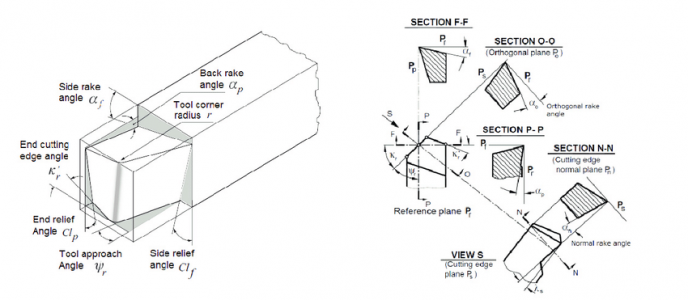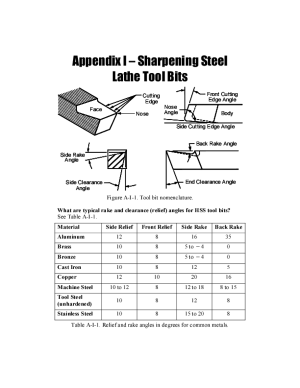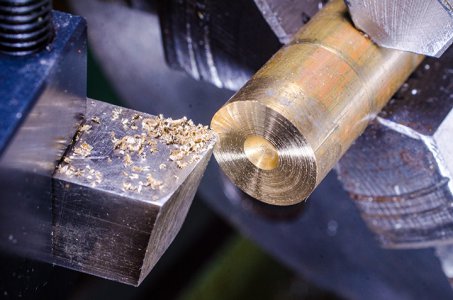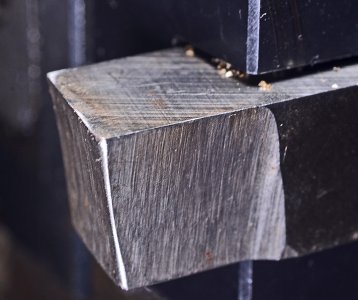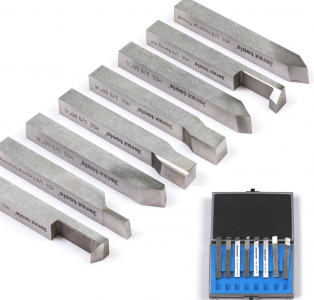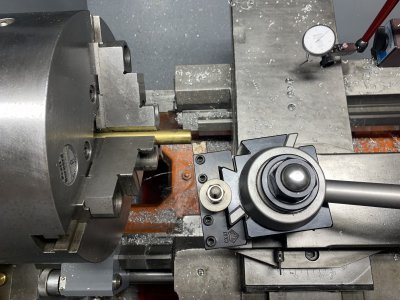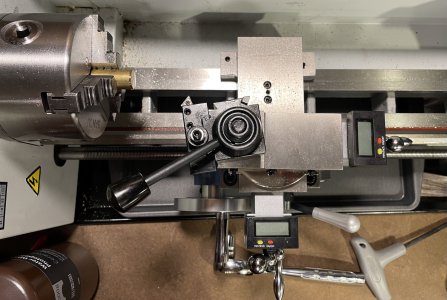- Joined
- Apr 5, 2013
- Messages
- 391
IMO , you need a travel indicator for longitudinal movement . In your first picture , by moving over the saddle one thread on the lead screw , you have moved over to much . Looks like that moved over about .030 . With a travel indicator you can move over whatever you want , I would suggest .003-.005 . And the lock is a must . There are many ways to get a travel indicator mounted on your lathe , below is just a suggestion . Right now on my mini lathe I have my travel indicator held in place with a mag base .
Mark .
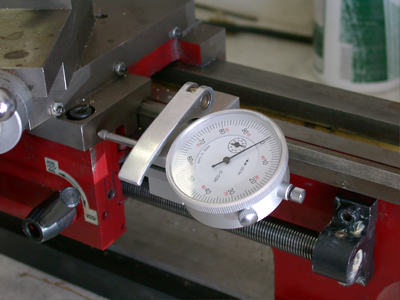
Mark .
Free Plans: Quick-Release Lathe Mounted Dial Indicator Holder – MachinistBlog.com
www.machinistblog.com

Last edited:


